Nội Dung Chính
(Page 15)
VII. COMMUNICATION AND CULTURE / CLIL
Everyday English
Offering help and responding
1. Listen and complete the conversation with the expressions in the box. Then practise it in pairs.
A. Can I help you with that
C. Thank you very much
B. Is there anything else I can do for you
D. Thanks, but I think I'm fine
Trainer: Good morning. (1) _____?
Tam: Oh, please. I want to change the speed on this treadmill, but I don't know how.
Trainer: You can just press this button. Here, let me show you.
Tam: Oh, it's working. (2) _____.
Trainer: (3) _____?
Tam: (4) _____ now.
Trainer: Great! Have a good workout.
2. Work in pairs. Use the model in 1 to make similar conversations for these situations. One of you is Student A, the other is Student B. Use the expressions below to help you.
1. Student A is a PE teacher; Student B is a student. Student B is trying to do an exercise routine, and Student A is offering help.
2. Student B is a supermarket assistant; Student A is a customer. Student A is trying to find some healthy foods for his/her family, and Student B is offering help.
| Useful expressions |
| Offering help | Responding to offers |
| Can I give you a hand? Can I help you with...? Let me help you with ....? Is there anything (else) I can do for you? | That's very kind/nice of you. Thanks for your help. Thanks, but I think I'm fine. |
(Page 16)
CLIL
1. Read the text and complete the comparison table below.
BACTERIA AND VIRUSES
Both bacteria and viruses can cause diseases, but they are different in many ways.
Bacteria are living organisms. They can live in many places, such as soil, water, and the human body. The smallest bacteria are about 0.4 micron* in diameter. Some bacteria in our bodies are helpful, but some can cause infectious diseases such as tuberculosis** or food poisoning. Antibiotics are often used to treat infections caused by bacteria.
* 1 metre = 1 million microns
**a serious lung disease
Viruses are tiny germs that cause diseases in people, animals, and plants. They can cause a range of illnesses, from the common cold or the flu to more serious diseases such as AIDS and Covid-19. As they are very small (0.02 to 0.25 micron), viruses can get into our bodies easily. They are not living things, so they need to enter our bodies to become active. Then, they start to grow and cause the infected cell to make millions of copies of the virus. Vaccines are often used to prevent the spread of diseases caused by viruses.
| Bacteria | Viruses | |
| 1. Living or not when entering the human body? | ||
| 2. Which is smaller? | ||
| 3. Examples of diseases they can cause | ||
| 4. How to treat/prevent diseases caused by them? |
2. Discuss in pairs. What would you say to these people?
Anne: I'm buying lots of antibiotics because I heard that they can treat Covid-19.
Joe: Bacteria are so dangerous. Scientists should find a way to get rid of them all!
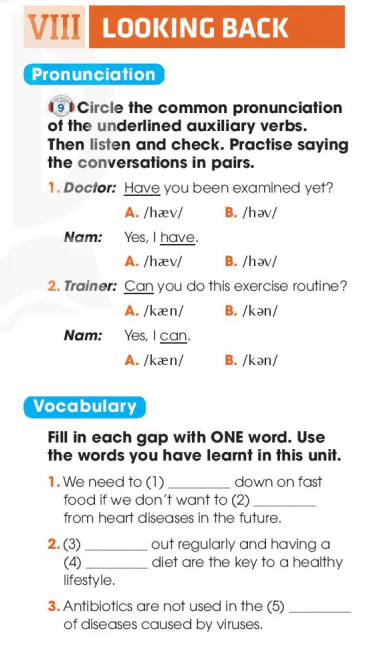
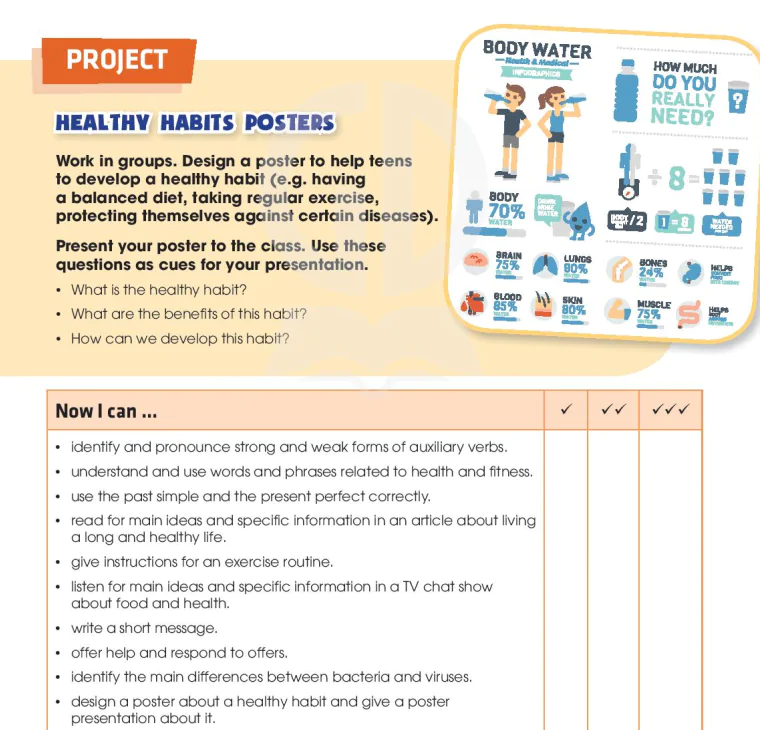
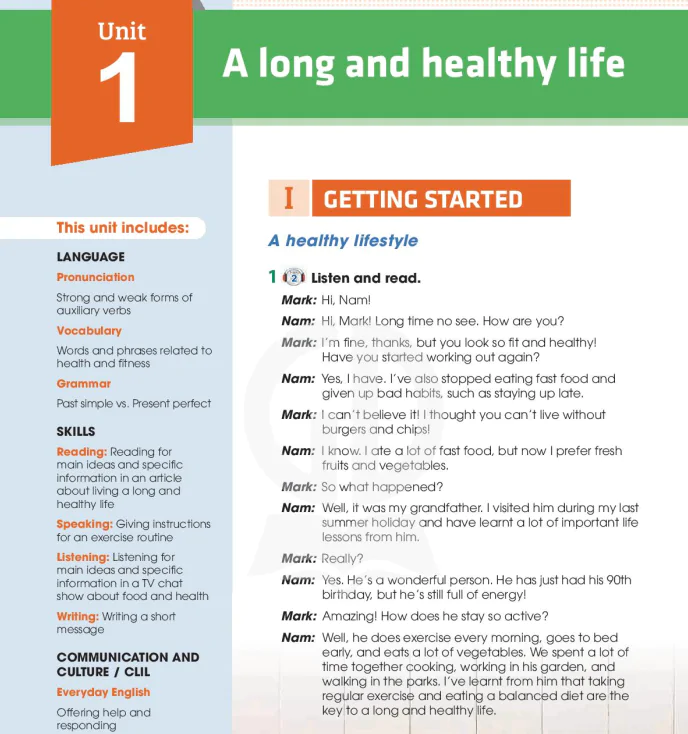

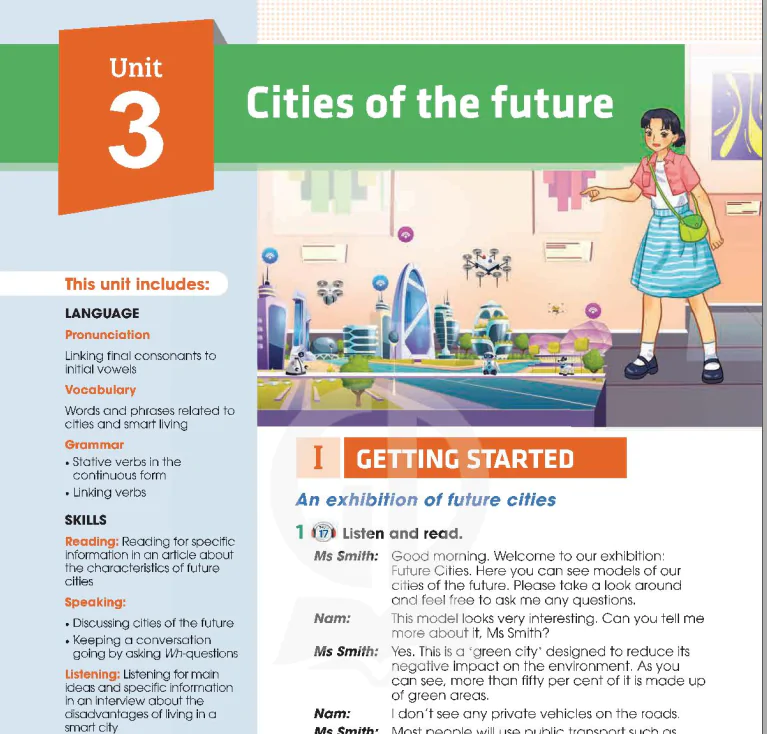
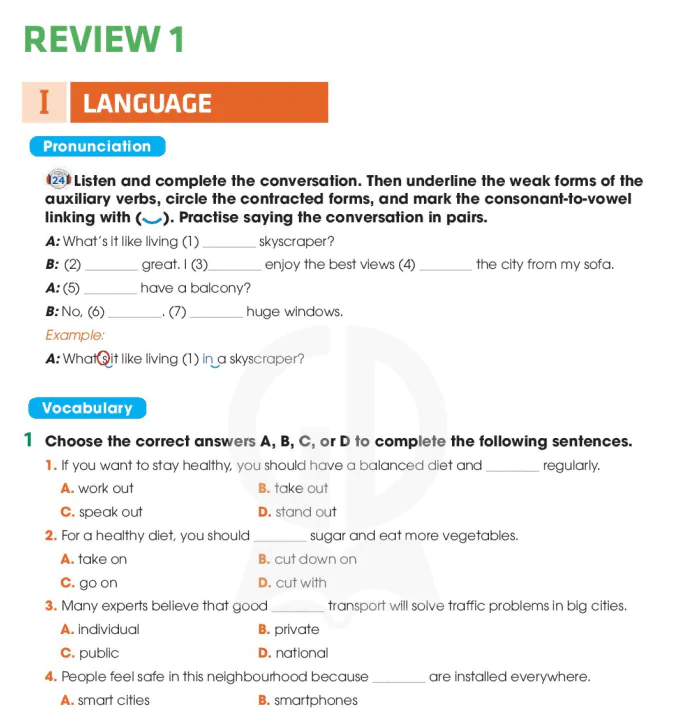
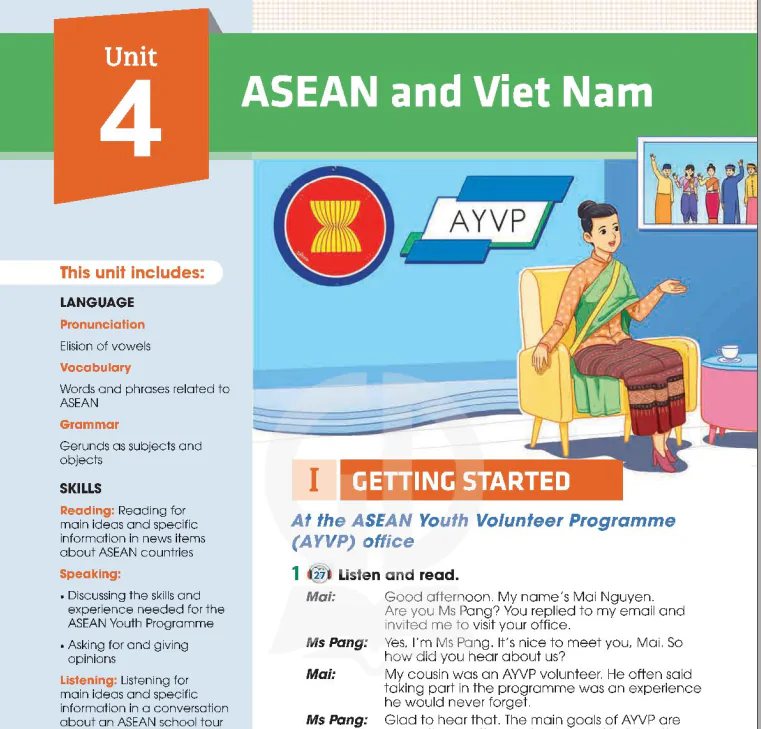
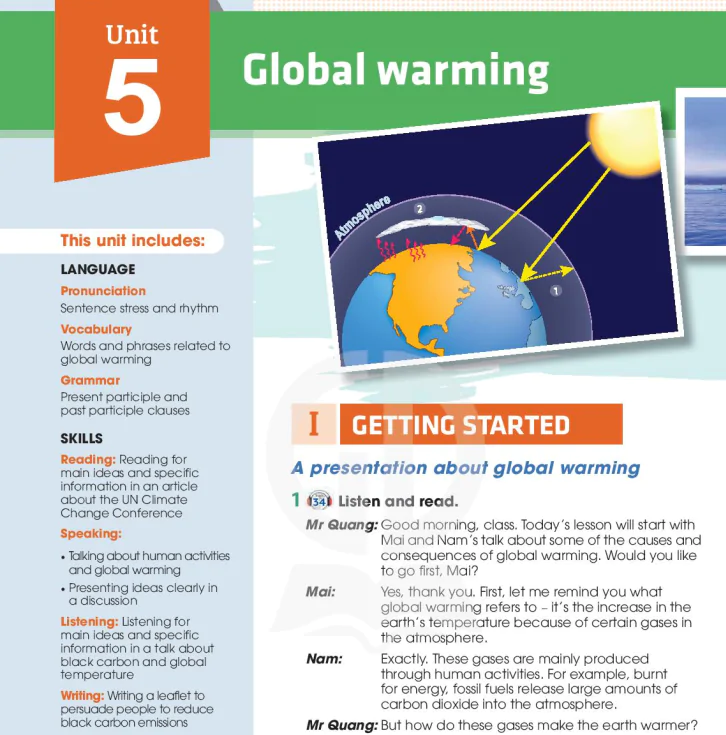
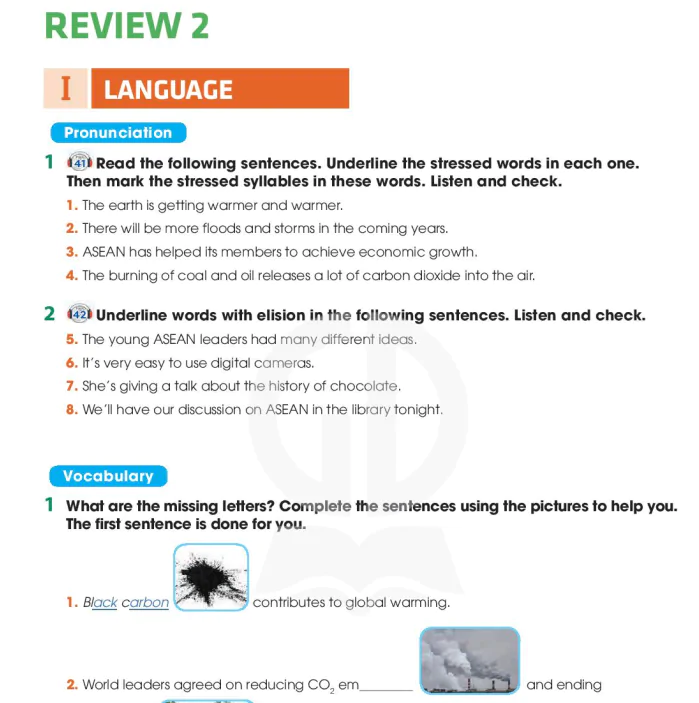
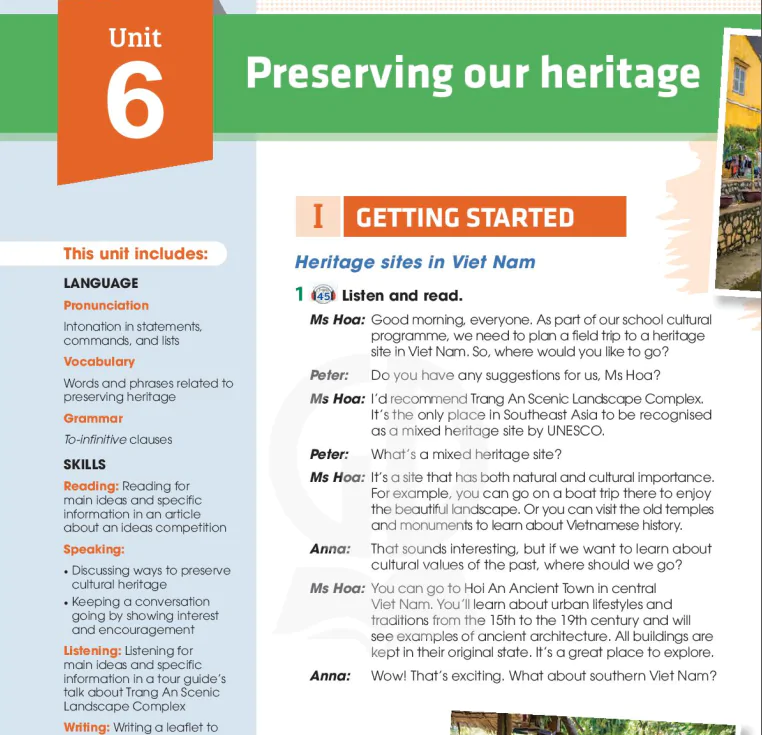

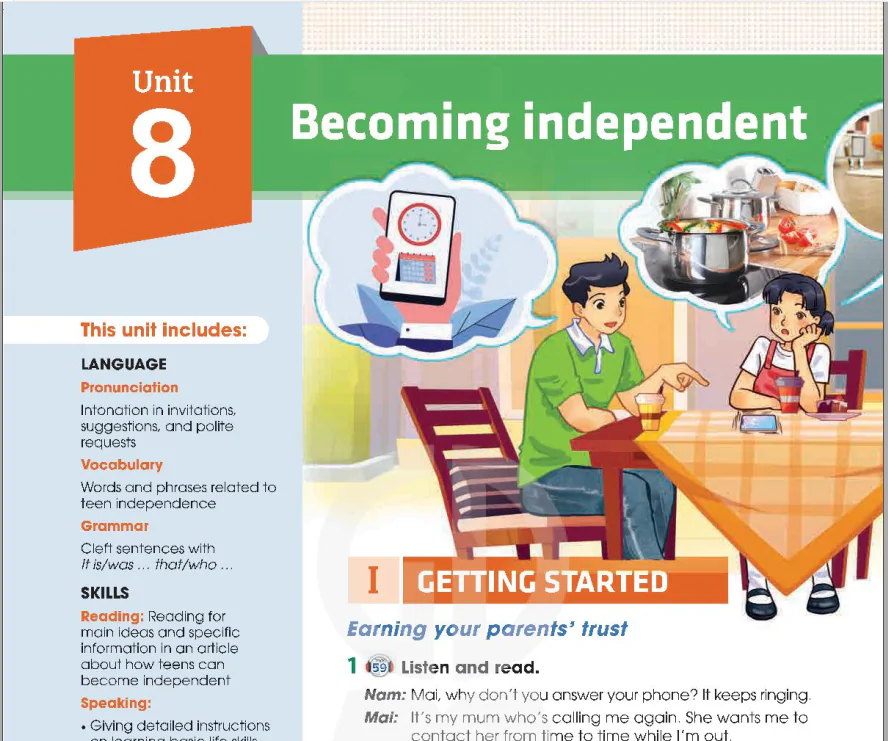
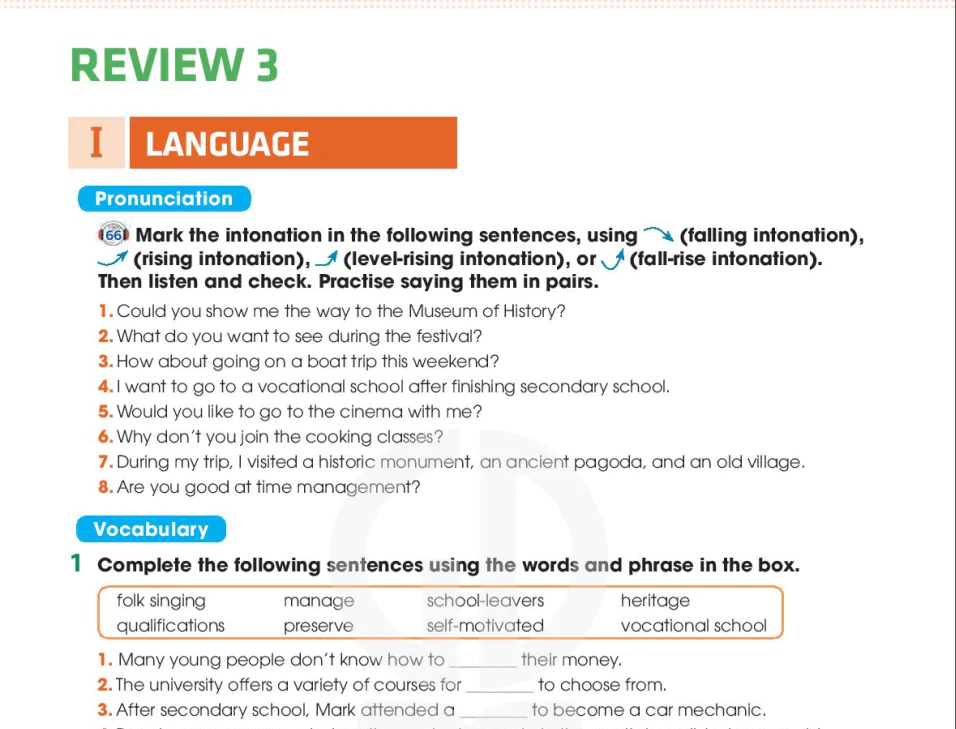
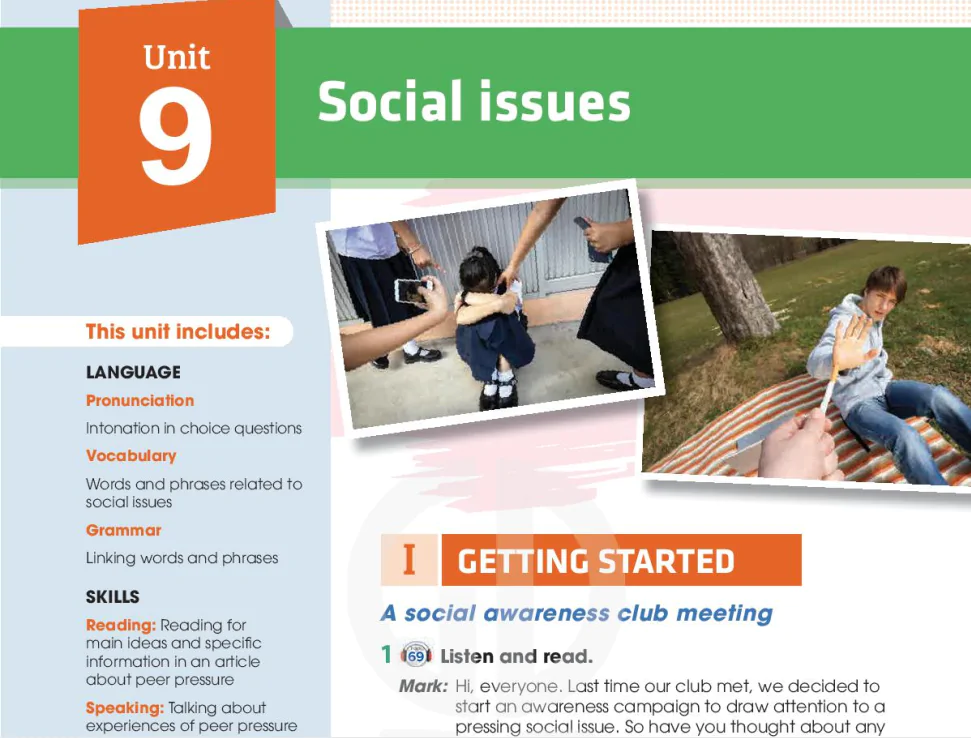
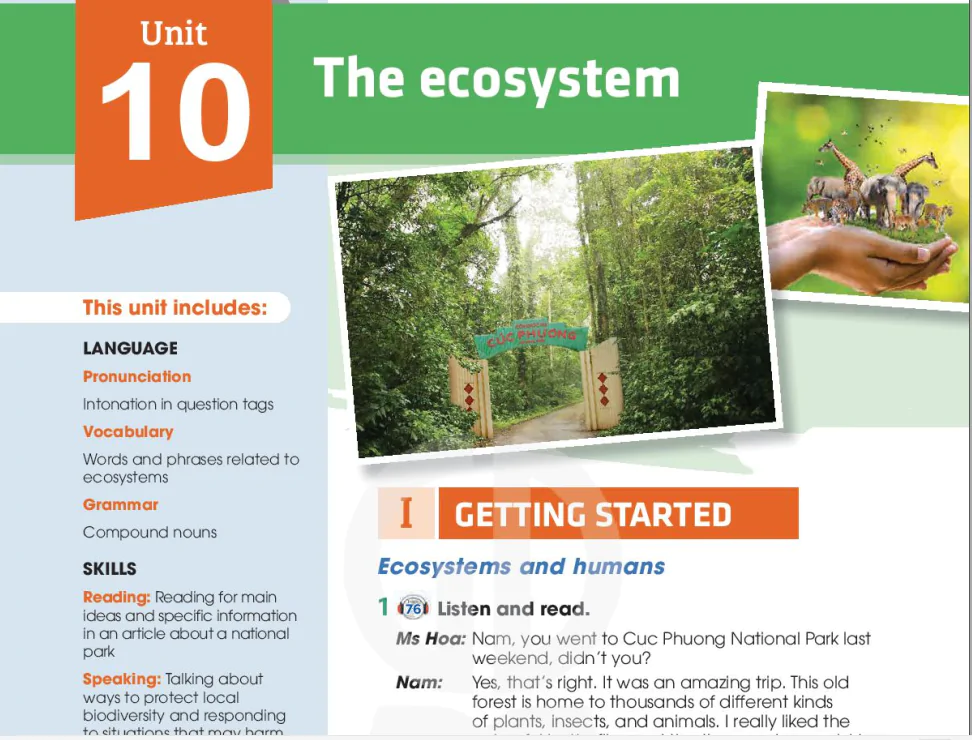
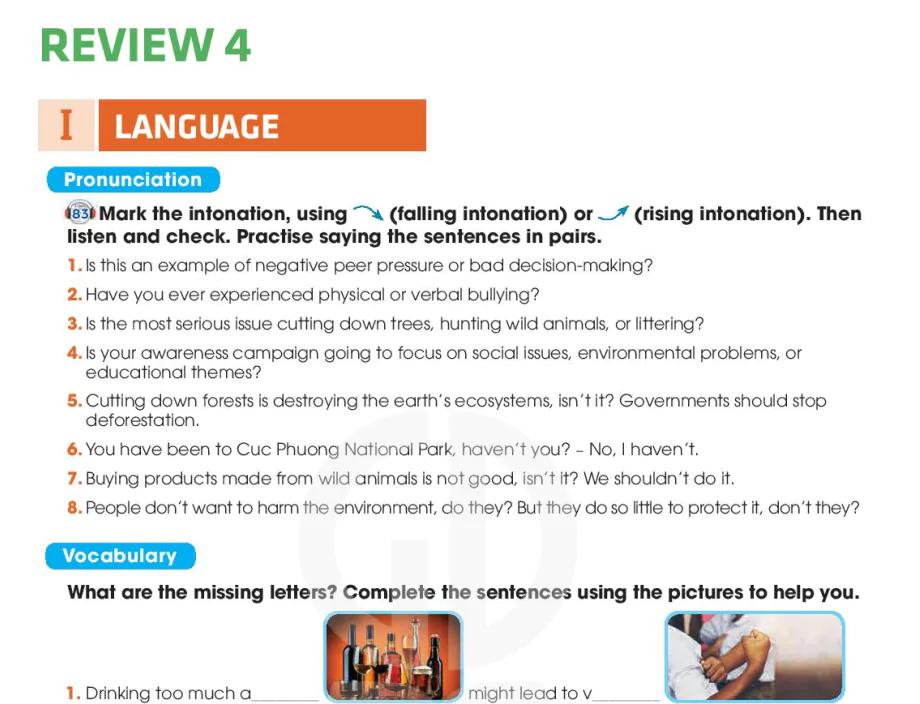





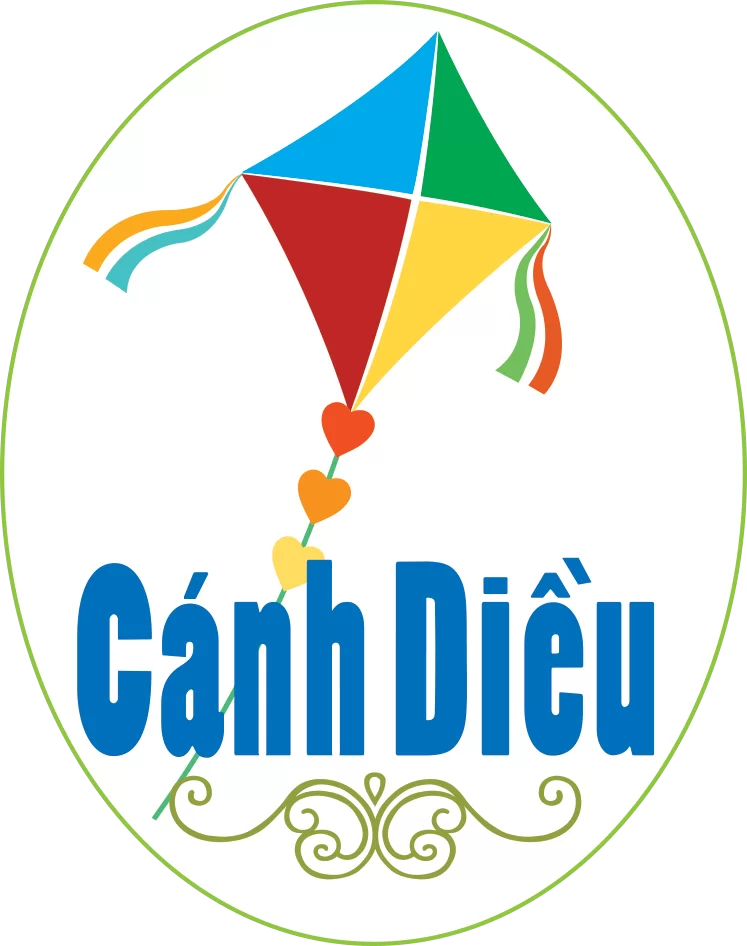













Bình Luận
Để Lại Bình Luận Của Bạn